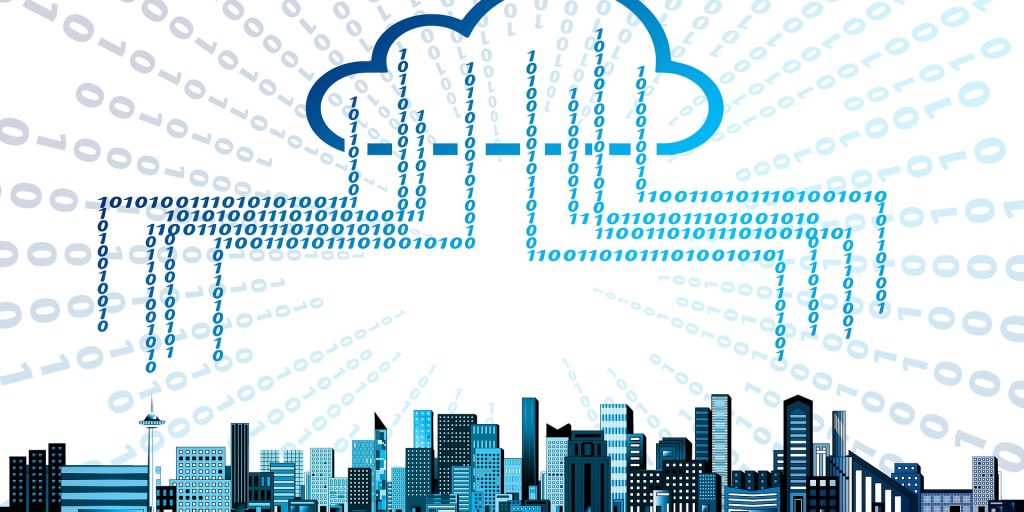Data protection, cloud advancement and containerization: 2022 state and local priorities
Between the lasting implications of the pandemic, continual shifts in work practices and the ever-present threat of a ransomware attack, state and local governments have persevered through another year of adapting to meet citizen needs and continue to deliver on the mission. This year, we’ve seen a push toward significant transformation of our technology systems, remote working capabilities and data infrastructures—showing state and local governments’ determination to push forward for more robust citizen service delivery.
As we enter 2022, some of the same trends will remain at the center stage, including cybersecurity and artificial intelligence (AI), as both the private and public sectors continue to emphasize data protection. However, a new focus will be on modernization, including moving systems to the cloud, utilizing containerization and understanding how to sustain technology systems for years to come. These factors combined will lead to resilient systems that will continue to drive innovation for years to come.
1. Getting ahead of ransomware for maximum data security
From ransomware attacks on school systems and hospitals, to threats on critical infrastructure and government systems, the public sector is under immense pressure to build the strongest cyber defenses possible against bad actors. And as attacks become innumerable, ransomware insurance is getting harder to collect on.
When it comes to ransomware protection, the best way to prevent an attack is to stay ahead of it. So how can state and local IT leaders strategically implement a unified data protection architecture for the fastest data backup and recovery speed?
A few often-overlooked practices for data protection include backing up systems routinely, reinforcing basic cybersecurity awareness and education, and revisiting cyber incident response plans, often. Investing in solutions that prioritize rapid recovery—many with the most advanced AI built-in—makes it easier to minimize downtime and restore systems as quickly as possible. The most advanced systems of AI can reduce time to insight and integrate with existing technology, so IT leaders shouldn’t be afraid to dive into the data protection waters.
2. Leveraging the right resources for a seamless transition to the cloud
We’ve been throwing the term “cloud” around for a few years now, but how can state and local agencies double down on modernization with cloud to continue delivering efficient and effective citizen services?
2022 will be the year of definitive cloud transformation for government. But cloud—specifically hybrid cloud—can be challenging to manage. Cloud operations can get expensive, and many state and local IT leaders are challenged with a sense of what processes can be localized, what data should actually be stored in the cloud, and what makes sense to transition to the cloud in the short and long term.
Through partnerships with cloud providers, state and local agencies can create robust cloud systems that deliver the most intelligent and integrated cloud and AI models. In addition, cloud providers allow agencies to centralize data operations and provide a higher caliber of cloud expertise, management, and reporting from public sector IT teams.
A transformation fueled by the pandemic, cloud can be used to streamline processes around including healthcare, first responders, public records, virtual learning and critical citizen services. A seamless transition to a hybrid cloud infrastructure allows state and local organizations to leverage more powerful automation, security and software-based analytics.
3. Investing for the long-haul
There’s a clear appeal in investing in the latest and greatest technology systems, but often it can seem hard to justify the spending on systems that will be outdated just as quickly as they came to life. And there can be a challenge of anticipating what data capabilities you’ll need down the line.
State and local organizations must understand how to acquire, deploy, and sustain systems that can scale with their changing needs. Containerization, which allows governments to operationalize and deploy applications faster and more securely, brings a heightened drive for data management for enterprise-level assurance, all while operating in a fully packaged and portable environment. While relying on DevSecOps, containerization platforms speed up platform development, prevent cloud vendor lock-in, and improve management and security platforms. In addition, containers are all-encompassing enough to scale as agency needs change and grow.
Some of the most beneficial solutions for flexibility and agility of systems are as-a-service platforms. They allow agencies and institutions to scale up or down without massive disruption to install. As a result, state and local leaders can consume the digital infrastructure they need at a given time while remaining adjustable for the future, where predicting long-term requirements can be challenging.
Looking to the Year Ahead
These advancements in data protection, cloud, and segmentation should remain top of mind for state and local government leaders as we enter the new year. While it’s still unclear what this year of operations will look like, investments in systems that will grow with agencies, build strong defenses and use new technologies will set governments up for success. State and local governments must double down on technology solutions that will propel modernization and prepare them for the future.
Michael Wiseman is the vice president, public sector, Pure Storage, leading the sales team responsible for state, local and education customers in the United States. In his current role, Wiseman is responsible for developing a team to enable the transformation of how public sector customers protect, serve and educate their constituents by leveraging technology to connect, innovate and lead. Prior to joining Pure Storage, Wiseman spent 17 years at Cisco.




















